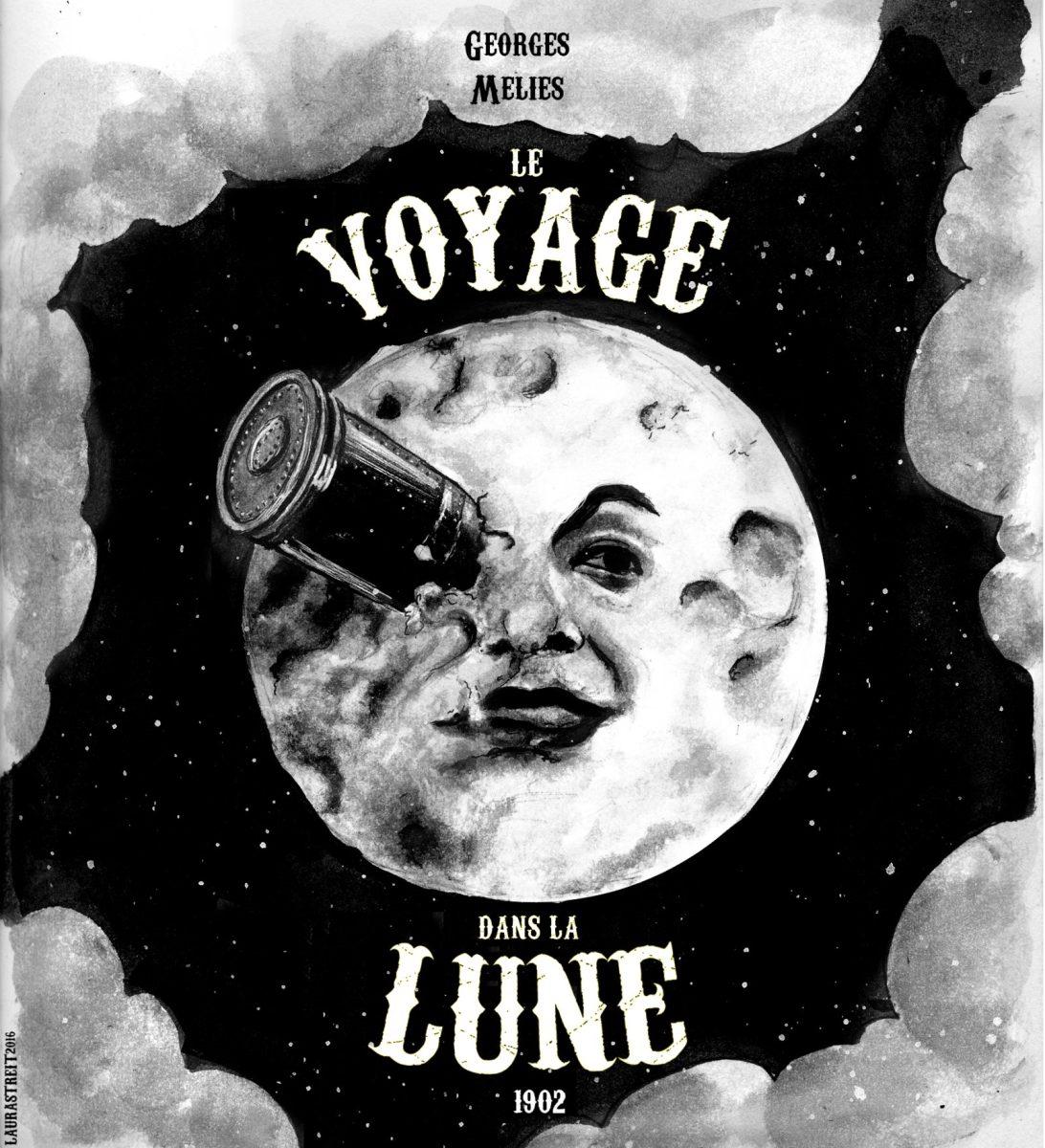Since its invention in the late 1800s, the medium of film has been in a state of constant evolution. Every decade has its own defining characteristics and notable advancements.
1910s and ‘20s: Film finds its footing
The first two decades of last century were very similar when it came to film. Film was still finding its feet in these early years, with black and white silent films shot in increasingly creative ways. The first “feature film” was “Le Voyage Dans La Lune” or “A Trip to the Moon,” released in 1902. Directed by George Méliès, the 16-minute-long movie is shot like a stage play. It marked the start of film’s long transformation into what it is today.
1930s: The beginning of sound
Synchronized recorded sound was the biggest thing to happen to film since the invention of the camera itself. It absolutely revolutionized the industry, and fundamentally changed the way people watched movies. The technology to synchronize recorded sound with on-screen visuals had actually been available for years but didn’t gain popularity until 1927 with the release of the first feature length “talkie,” “The Jazz Singer.” From there, the idea took off, and not long after, audiences began to expect sound in movies. The industry quickly adapted. The ‘30s also saw the first real commercial uses of color in film, made possible by technological advancements from technicolor. The technique wasn’t fully incorporated or expected by audiences until much later, however.
1940s: The era of the war film
The United States’ involvement in World War II inspired a decade of war and propaganda films. Films like “Casablanca” and other more traditionally war-focused movies were released to inspire patriotism in American audiences. However, these weren’t the only types of films made in the ‘40s. By this point, cinema had truly taken hold in American culture, and a wide variety of genres were being produced. Most notably, the ‘40s saw the release of Orson Welles’ “Citizen Kane,” often considered to be the best film of all time.
1950s: The birth of film noir
Concerned about the infiltration of Hollywood by communist sympathizers, the government established the House Un-American Activities Committee (HUAC) to “investigate” Hollywood and prosecute any Communists they found. HUAC’s witch hunt ended up driving many talented filmmakers out of the country simply for having unconventional political ideologies. This, combined with increased enforcement of a series of film censorship guidelines commonly known as the Hays Code, forced filmmakers to take creative new approaches when broaching societally sensitive topics. These creatively censored, typically very dark films were part of a category known as film noir.
1960s and ‘70s: Modern era
The ‘60s mark the beginning of a style of filmmaking I consider to be modern. Movies were no longer classified as noir after the Hays Code was repealed, the Red Scare had died down and the age of propaganda films died down as well. Sound was now commonplace, as was color. But the ‘60s do still have a characteristic style marked by vibrant, technicolor hues. The ‘70s had a similar visual style to that of the ‘60s but tended to have a greater emphasis on society and the polite (or impolite) interactions between characters. I consider “Columbo” and “Mission: Impossible” to be the quintessential ‘60s and ‘70s TV shows.
1980s: Rise of the blockbuster
This is my favorite decade for movies. Every ‘80s movie has a certain retro feel to it that allows you to get carried away in the often ridiculous nature of the story. From “Star Wars” and “Indiana Jones” to “Big Trouble in Little China” and “Adventures in Babysitting,” ‘80s movies engross me in the story more effectively than films from any other decade. The ‘80s also saw the release of the first big blockbuster, Steven Spielberg’s “Jaws.”
Film through the decades
February 4, 2019
Photo by Creative Commons
“Le Voyage Dans La Lune” or “A Trip to the Moon” is a 16 minute movie that was released in 1902.
Donate to The Battalion
Your donation will support the student journalists of Texas A&M University - College Station. Your contribution will allow us to purchase equipment and cover our annual website hosting costs.





















